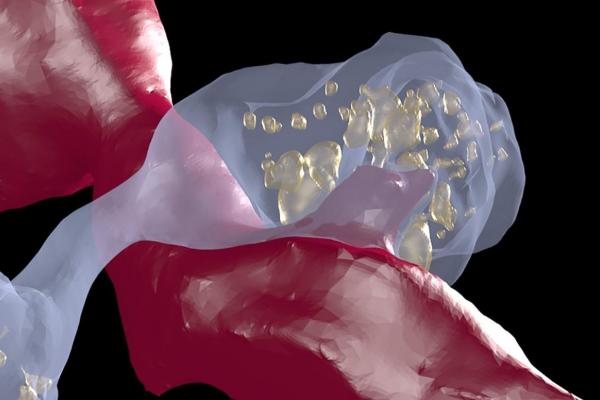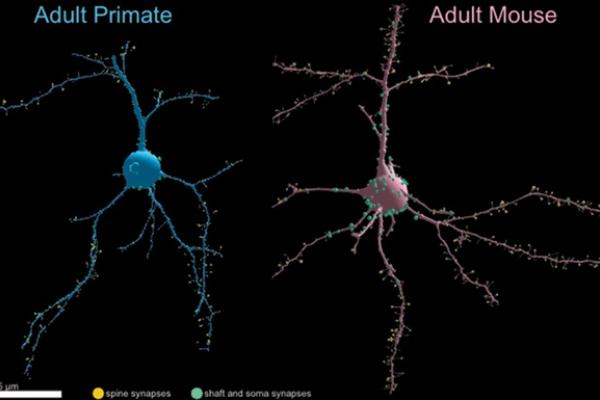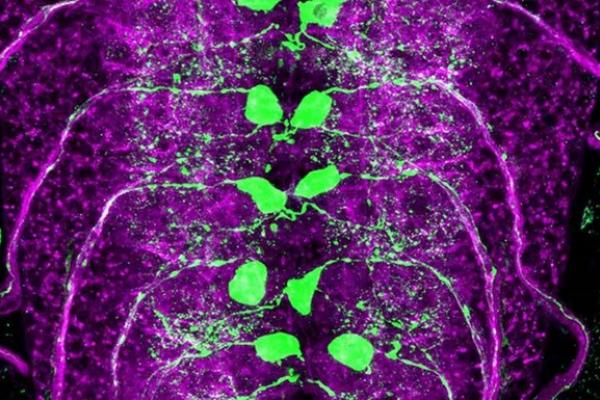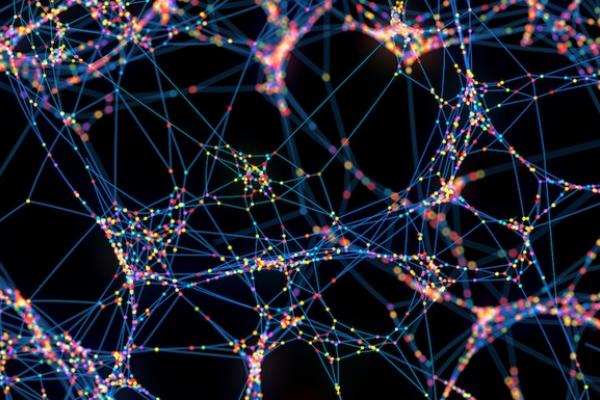September 18, 2020
Alison Caldwell, PhD
How do our brains translate the signals of millions of neurons into meaningful perceptions of our environment and help guide our behavior? Attempting to answer this question is no small task, but understanding the connection between spiking neurons and our behavior will not only provide insights into the human brain but also will be the key for developing new and innovative neuroprosthetic devices.






